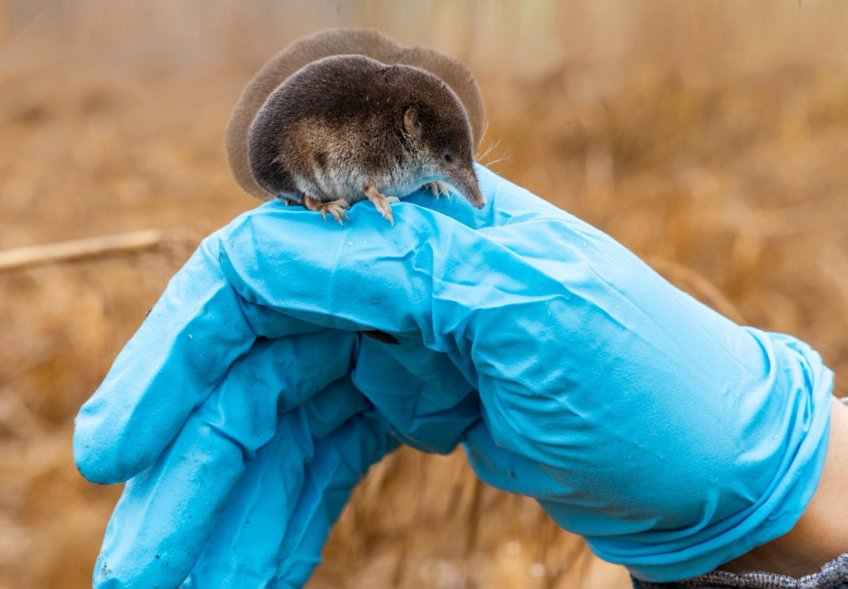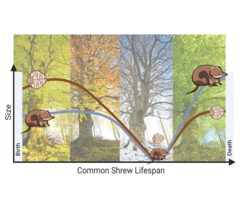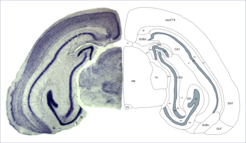
The challenge of being small - alternative wintering strategies in high-metabolic non-hibernating terrestrial mammals
Typical adaptations to seasonal food availability are hibernation and migration. What do animals that are not mobile and incapable of torpor do? One answer to this is Dehnel’s Phenomenon. A handful of species, small mustelids, moles and especially red-toothed shrews have evolved the ability to shrink in winter. This involves their mass, skeleton, many organs and tissues, including the brain. This phenomenon, although discovered in the 1950s, still has many questions left to answer. We have studied Dehnel’s Phenomenon for over a decade, and the more we find out, the more questions arise.

The common shrew (Sorex araneus) is the species that has been studied best in this contexts. They are excellent model organisms for studying one of our particular interests: seasonal brain plasticity and its links to energy balance and cognition. Our team was the first to document them in live individuals tracked over time, showing how these changes affect both the size and the cellular architecture of specific brain regions. We also study the associated physiology of these shrews as they go through the stages of this phenomenon under drastically changing environmental conditions as well as the cognitive compromise this size change entails. We repeatedly scanned the brains of shrews using in vivo MRI and correlating individual changes in size and structure with changes in cognitive ability.

Our current work focuses on the regrowth phase, aiming to understand how brain structures regenerate after winter. We are also investigating how environmental conditions influence brain plasticity and behavior, by comparing wild shrews with shrew kept under captive settings.
This is the subject of Cecilia Baldoni's research and is carried out in collaboration with Dominik von Elverfeldt. We are also studying changes in gene expression in a suite of genes that might be associated with the change in individuals from the same population with William Thomas and Liliana Davalos. Finally, we are taking a special look at changes in fat metabolism and how this might ultimately even be applied to human-relevant research on neurodegenerative diseases with Yuan Yuan Chen and John Nieland.

